The Complete Guide to the Prevention, Treatment and Control of Fleas and Ticks in Singapore
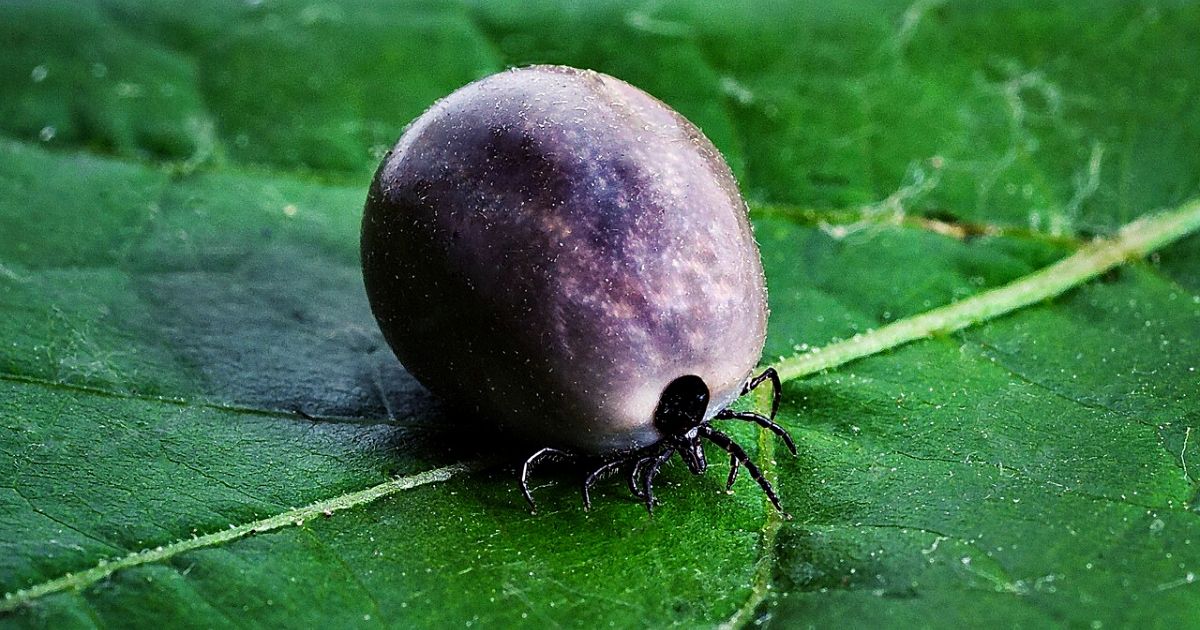
Fleas and ticks are tiny pests that are capable of causing great problems to humans. They leave itchy bites with distinct bite marks on human skin.
Fleas and ticks are two different pests that are often mistaken with one another. Fleas have long and powerful hind legs that allow them to perform high jumps. Ticks, on the other hand, do not jump. They have four pairs of legs which make them part of the spider family (arachnids).
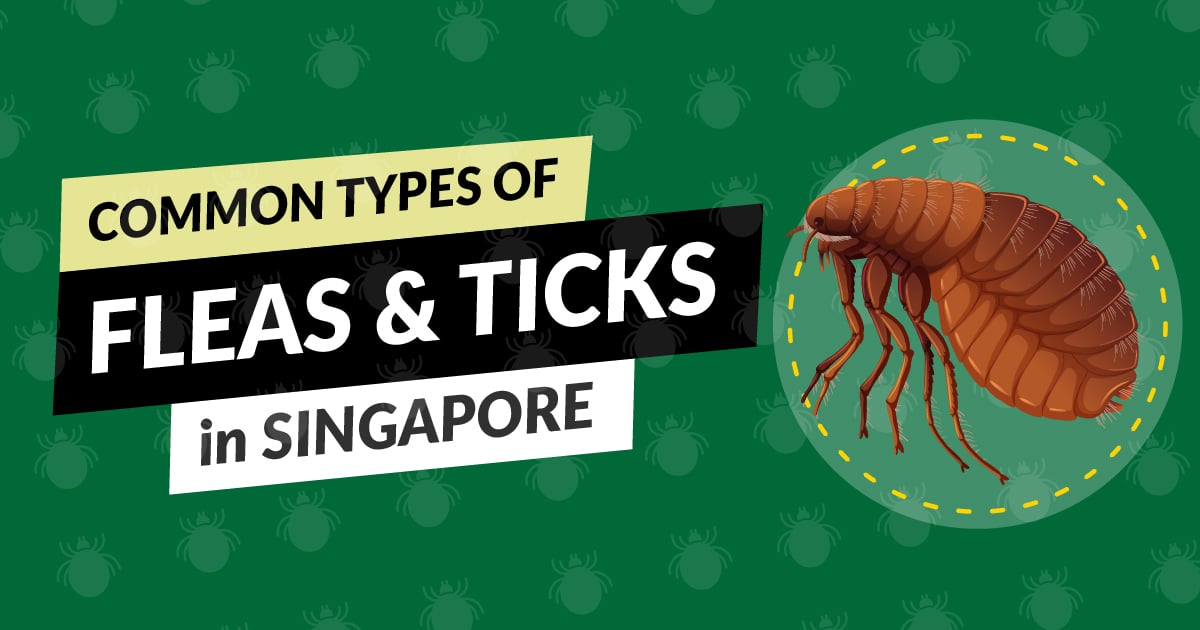
Types of Fleas and Ticks in Singapore
What are some of the common species of fleas and ticks found in Singapore?
Cat Flea (Ctenocephalides felis) and Dog Flea (Ctenocephalides canis)
Cat and dog fleas are the most common type of fleas found in Singapore. They can be found on pets, stray dogs and cats. However, despite their names, neither type of flea is exclusive to only cats or dogs. These fleas are usually 1-4mm in size. It isn’t easy to differentiate between the two species with the naked eye. Cat and dog fleas are excellent jumpers with the ability to reach 18cm vertically and 33cm horizontally, which is about 100 times their body length!
Dog Tick (Rhipicephalus sanguineus)
The brown dog tick is the species of ticks commonly found in Singapore. A dog can pick up ticks from the surroundings as ticks infest more than one host during their lifetime. The ticks can be found on the skin of the pets’ head, neck, ear and feet. In heavy infestations, the ticks can be found in nearby parts such as kennels or cages.
Oriental Rat Flea (Xenopsylla cheopsis)
Although the Oriental rat flea is not commonly found in Singapore, it is worth mentioning it. The Oriental rat flea is the vector for the bacterium that caused more than one of the deadliest pandemics in history. This flea type was responsible for spreading the bubonic plague, leading to the Black Death in the 14th century and killing over 25 million people.
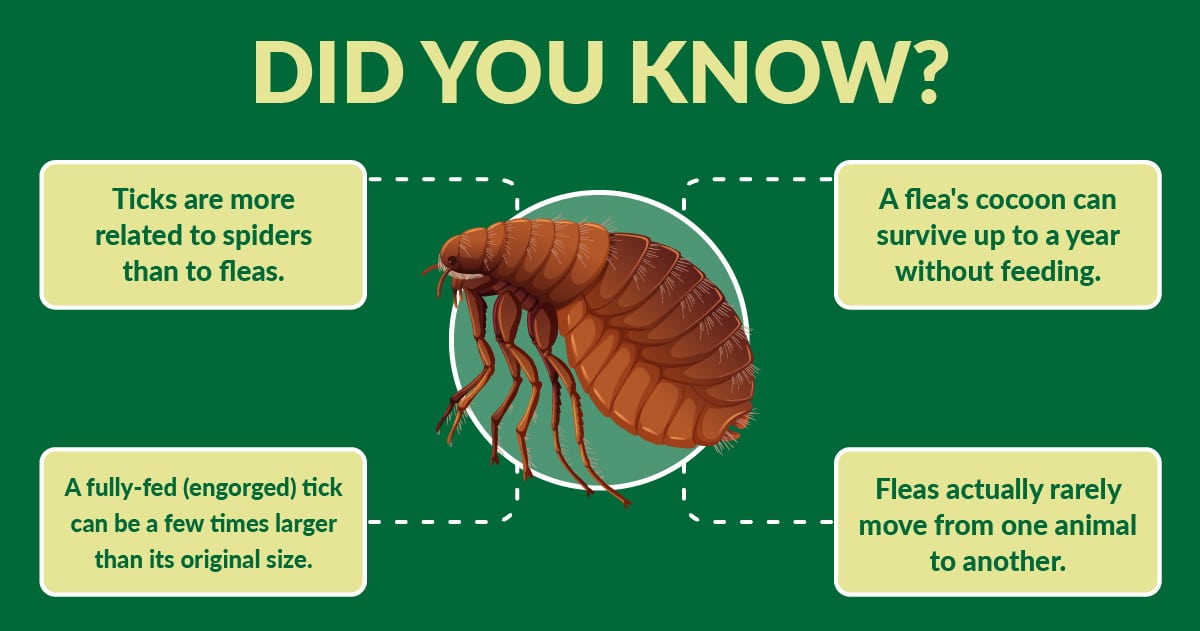
Life Cycle and Biology
Fleas undergo a complete metamorphosis. They go through the following stages of life:
- Egg
- Larvae
- Pupae
- Adulthood
Fleas have an average lifespan of 2 to 3 months. The fleas found on animals are always adults. Eggs are laid on the animal host’s body but will fall to places where the host rest, such as cages and cat baskets. The adults ingest blood from the host and produce faecal matters that become the food for the larvae.
Before turning into adults, the larvae form cocoons. The adults then emerge when stimulated by vibration, movement, or increased carbon dioxide (which indicates animal hosts’ presence).
The dog tick is a 3-host tick that encounters three hosts throughout its entire life span. The larva takes a blood meal and turns into a nymph. Then, the nymph feeds once before developing into an adult. An adult takes a blood meal before it lays eggs.
A female tick can lay an average of 4000 eggs. The number fluctuates with the amount of blood ingested. The host-seeking behaviour of a tick causes it to be seen in the open as it actively searches for a new host to latch on to. Ticks have a long life span and they can survive without feeding for 3 to 5 months.
Medical Importance
There are three common diseases associated with flea and tick bites:
- Murine Typhus
- Plague
- Lyme Disease
Murine Typhus
Murine typhus is a zoonotic disease caused by a bacterium known as Rickettsia typhii. There have been several reports of murine typhus in Singapore. Humans become infected when the site of a flea bite is exposed to the flea’s faeces, or by inhaling the bacterium from an environment contaminated with fleas’ faeces. Murine typhus is primarily transmitted by the rat flea, but cat fleas may also be one of the vectors.
Symptoms of murine typhus include:
- Fever
- Headache
- Stomach pain
- Nausea
- Vomiting
The disease can deteriorate to cause severe illness and damage to other organs, including the lungs, liver, kidney, heart and brain.
Plague
A plague is an infectious disease caused by a bacterium known as Yersinia pestis. Transmission of this disease is similar to that of murine typhus: through the bite of the infected fleas or by inhalation.
The plague is transmitted by oriental rat fleas and is most prevalent in Africa. Although the plague has claimed the lives of millions of people throughout history, today it can be treated with antibiotics and prevented with standard preventive measures.
Want to find out more about fleas & tick removal in Singapore?
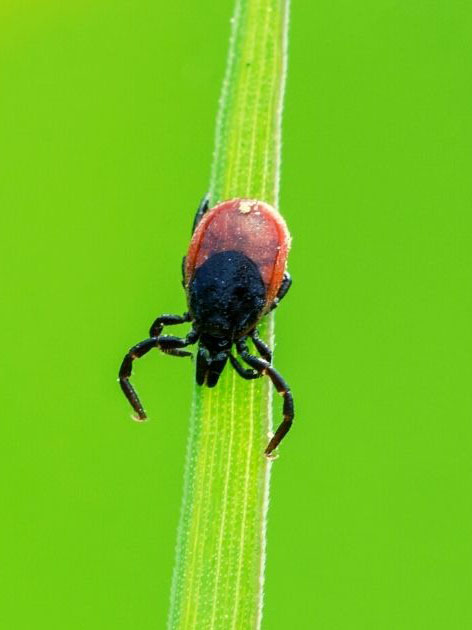
Lyme Disease
One of the major tick-borne diseases is Lyme disease. It is caused by the deer tick, which is not found in Singapore. Lyme disease’s most common sign is an expanding rash at the bite that may form a bulls-eye pattern.
If left untreated, the infection can spread and cause pain to the joints as well as cause neurological problems such as:
- Meningitis
- Temporary paralysis of one side of the face (Bell’s palsy)
- Numbness or weakness in limbs
- Impaired muscle movement
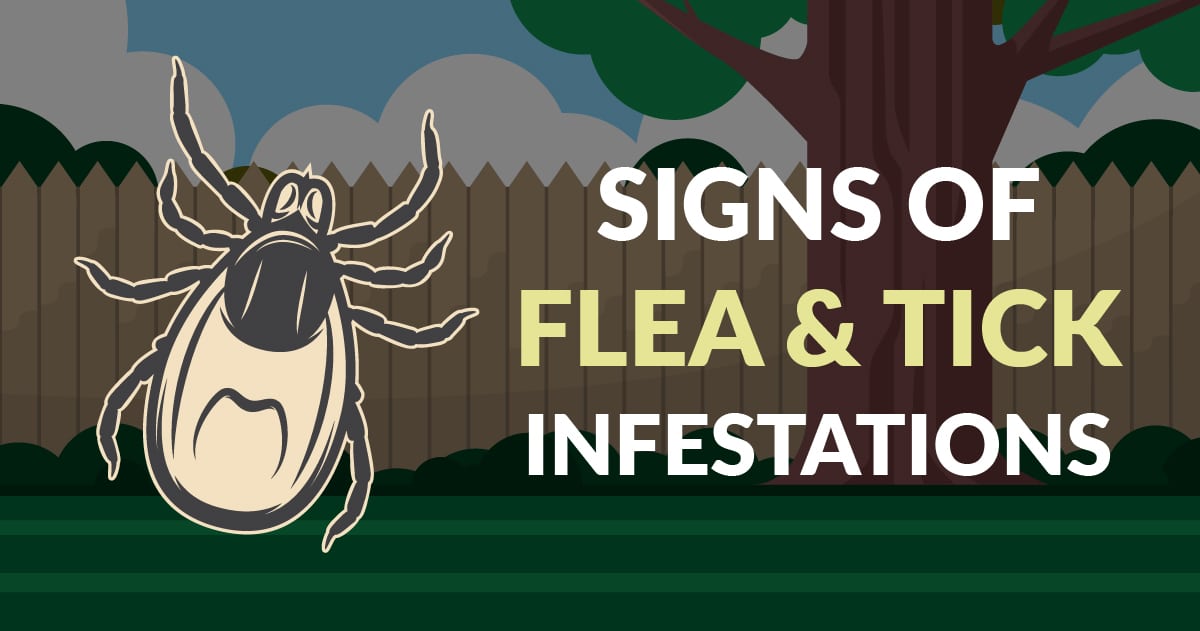
Signs of Flea and Tick Infestations
It might not be easy to detect fleas and ticks at home because of their small size and cryptic behaviour. Here are some signs that may indicate a flea or tick infestation.
1. Itching or infected skin
Even though they can feed on human blood, animals are the primary hosts of fleas and ticks. Your pets may have itching skin. Hence, they might scratch their skin or bite their skin more frequently than usual. Besides, symptoms such as hair loss and rashes may develop on your pets as the fleas or ticks bite and cause infections on their skin.
2. Finding them on or around your pets
Although fleas and ticks are difficult to spot, it is not impossible. They can be detected on your pets’ body when you comb their hair. Ticks and fleas can also be found around the cage or bedding where the pets rest. It is possible to see them moving around as they venture out away from their nests seeking a new host.
3. Bites
Fleas leave itchy bites on humans. Those bites are one of the most obvious signs of flea infestation. Flea bites are itchier compared to mosquito bites. The reactions that the skin develops from them are usually more severe and include:
- Rashes
- Hives
- Blisters
On the other hand, tick bites are usually not painful or itchy. However, they do leave red spots or bumps on the affected skin.

Tips to Prevent Fleas and Ticks From Invading Your Home
1. Vacuuming frequently
Vacuuming is not only a way to clean your house and remove unwanted dirt and dust. It also helps you prevent infestations of fleas and ticks. Vacuuming can physically remove the pests, their eggs and larvae. If you suspect that you have fleas or ticks at home, you should seal the vacuum bag and dispose of it properly after vacuuming. This ensures that the pests cannot make their way back into your home.
2. Wash bedding regularly
As mentioned earlier, fleas and ticks do not spend their entire lifespan on their hosts. They can sometimes be found nearby. Fleas and ticks can infest (pet) bedding. Bedding should be washed in hot, soapy water every two to three weeks to eliminate the pests.
3. Treat your pets with anti-flea medication
Flea medications can not only be used to treat an existing infestation of fleas. It can also be used for prevention. There are medications taken orally by the pets and those that are applied topically onto the pets’ skin. Flea medications can be administered once a month to protect you and your pets from fleas.
4. Keep vegetation short
Ticks often climb onto grasses to increase their success rate of finding a new host. By keeping the vegetation short, you can prevent this from happening and reduce the hiding options.
DIY Methods to Prevent Fleas and Ticks in Singapore
Essential oils are known to have many benefits, including insect-repelling effects. Cedarwood essential oil can be diluted and applied to the pets’ skin to kill and prevent fleas. It can also be added to a diffuser to protect your house against fleas. Some essential oils, such as rosemary, can be added to the pets’ bath to provide long-acting flea repelling effects.
Since it is impossible to know whether a parasite is potentially carrying any diseases, it is important to protect pets against all ticks and fleas.

Pest Problem? Let Us Help.
We offer fast and effective precision treatments to eliminate pests while ensuring a safe environment for your home or business.
Professional Fleas and Ticks Treatment
Chemical Treatment
Chemical treatment is the fastest and most effective method to eliminate an existing infestation. The insecticides that we use are safe for pets. All our PMPs are trained to carry out the treatment by following proper procedures.
Habitat Modification
Based on the inspection carried out at the infested premises, our PMP will provide house owners with recommendations to prevent flea and tick infestations in the future. Building defects such as cracks and crevices may be discovered during the inspection. Hence, our PMP will provide advice on how to solve the deficiencies.
Advice
After identifying the problem, our PMP can provide you with more information (if needed) so that you can seek advice from medical professionals and veterinary experts.
Inspection and identification
Inspection is an essential step in any pest management approach. It helps Pest Management Professionals (PMP) identify the cause and level of infestations. By identifying the pest species causing the issue, PMPs in Singapore can plan suitable control measures to handle the situation.
Frequently Asked Questions
Both fleas and ticks can spread diseases and cause harm to humans, however, ticks are more dangerous as they can spread deadly diseases.
Yes, fleas and ticks can transmit diseases to humans, the most common of which are murine typhus, plague and Lyme disease.
Vacuuming, steam cleaning and washing beddings in hot water can help to prevent fleas and tick infestations. Flea medications can be used to treat and prevent flea infestations in pets.


